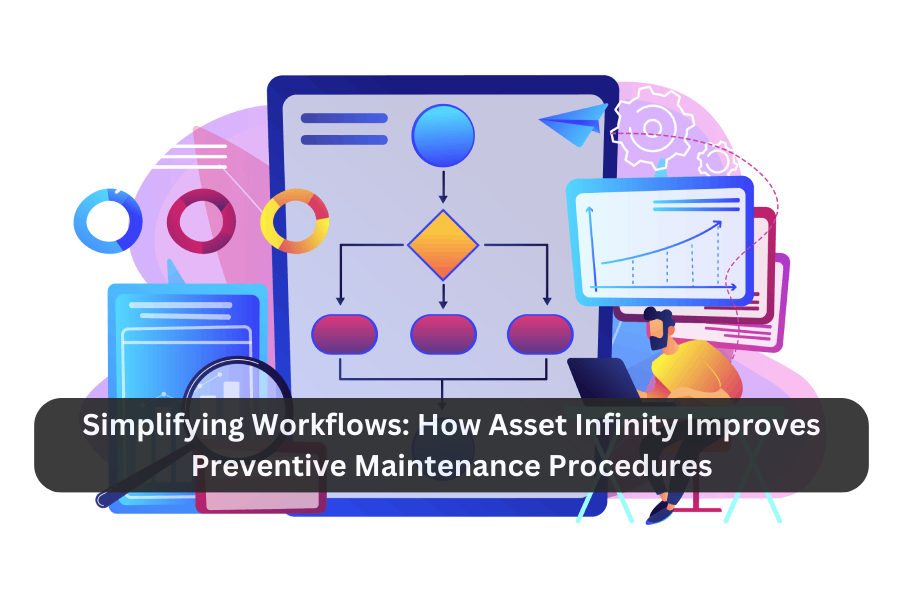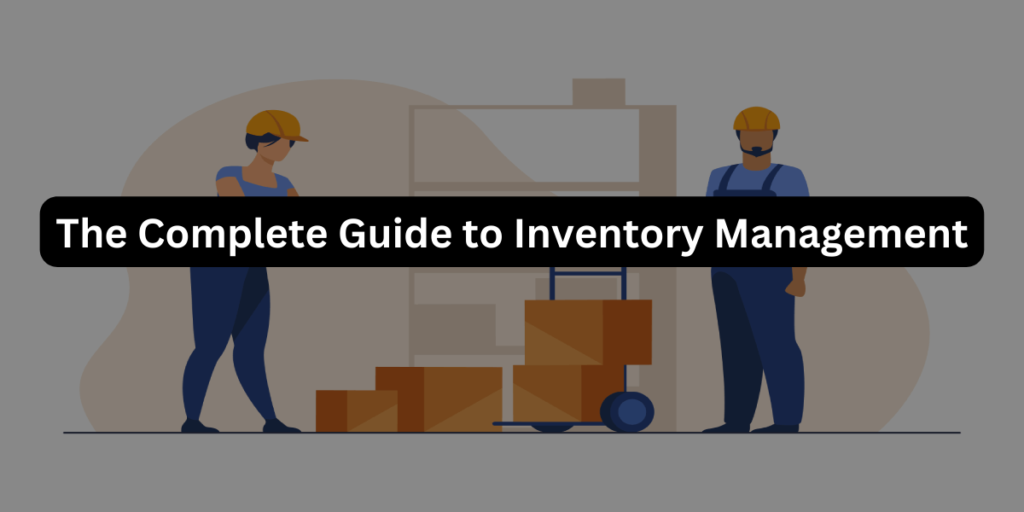Simplifying Workflows: How Asset Infinity Improves Preventive Maintenance Procedures
Introduction:
In recent times for all modern business, the health and efficiency of assets are paramount. Proactive management, particularly in the realm of preventive maintenance, has become a cornerstone for enterprises looking to stay ahead. TiMAD IT Solutions recognizes this need and presents a robust solution with Asset Infinity. In this blog, we delve into the necessity for efficient preventive maintenance workflows and explore how Asset Infinity stands out in this crucial aspect.
Necessity for Efficient Preventive Maintenance Workflows
Preventive maintenance is not just a routine; it’s a strategic approach that emphasizes keeping assets in prime condition before issues arise. This methodology involves regular inspections, service, and repairs to identify and rectify problems before they escalate into major breakdowns. The benefits are clear—reduced downtime, lower repair costs, and prolonged asset lifespan.
Efficient preventive maintenance workflows are essential for businesses aiming to maximize asset performance, ensure reliability, and enhance overall operational efficiency. TiMAD IT Solutions recognizes this necessity and addresses it comprehensively with Asset Infinity.
Features of Asset Infinity:
- Scheduled Maintenance: Asset Infinity empowers businesses to proactively schedule maintenance tasks based on time, usage, or specific meter readings. By creating preventive maintenance routines, organizations can stay ahead of potential issues, significantly reducing the rate of equipment failure.
- Streamlined Work Order Management: No more cumbersome spreadsheets or manual processes. Asset Infinity automates the entire work order management process, from generation to tracking, eliminating errors and improving overall efficiency.
- Real-Time Alerts and Notifications: Stay informed and vigilant with real-time notifications. Technicians receive immediate alerts for critical equipment problems, late work orders, or impending maintenance tasks, enabling prompt action and minimizing downtime.
- Customizable Maintenance Checklists: Tailor maintenance checklists for each asset, providing comprehensive instructions for technicians. This standardization ensures consistency, raising the quality and accuracy of preventive maintenance.
Benefits of Using Asset Infinity for Preventive Maintenance Management:
- Optimized Maintenance Frequency: Specify and customize maintenance frequencies for each asset based on usage trends, manufacturer guidelines, and industry best practices, reducing unnecessary maintenance and the risk of unexpected failures.
- Enhanced Equipment Performance: Regular preventive maintenance is crucial for improving equipment performance. Asset Infinity allows organizations to track and record all maintenance activities, enabling data-driven decisions and improved overall productivity.
- Cost Savings and Boosted ROI: Implementing preventive maintenance with Asset Infinity can lead to significant cost savings. Studies show that firms can save up to $5 in reactive maintenance expenses for every dollar spent on preventive maintenance.
- Real-Time Tracking: Seamlessly integrate with IoT devices for real-time asset monitoring and data collection. This capability allows maintenance personnel to proactively identify anomalies, anticipate breakdowns, and take preventive action.
- Vendor and Spare Parts Management: Simplified management of vendor contracts and spare parts inventory ensures timely availability, minimizes equipment downtime, and boosts overall maintenance effectiveness.
- Compliance with Regulatory Requirements: Asset Infinity provides an audit trail of maintenance operations, aiding enterprises in maintaining compliance with industry and regulatory standards.
Continuous Enhancement:
TiMAD IT Solutions is committed to continuous improvement. Asset Infinity evolves into an invaluable asset management tool, consistently incorporating user feedback and industry best practices to stay at the forefront of preventive maintenance management.
Conclusion:
Efficient preventive maintenance workflows are non-negotiable where assets form the backbone of operations. TiMAD IT Solutions addresses this need with Asset Infinity, a comprehensive solution that not only streamlines preventive maintenance processes but also enhances overall operational effectiveness. As businesses strive for longevity and reliability of their assets, Asset Infinity proves to be a strategic ally.
Connect with us on linkedIn for more updates: https://www.linkedin.com/company/timadit/










